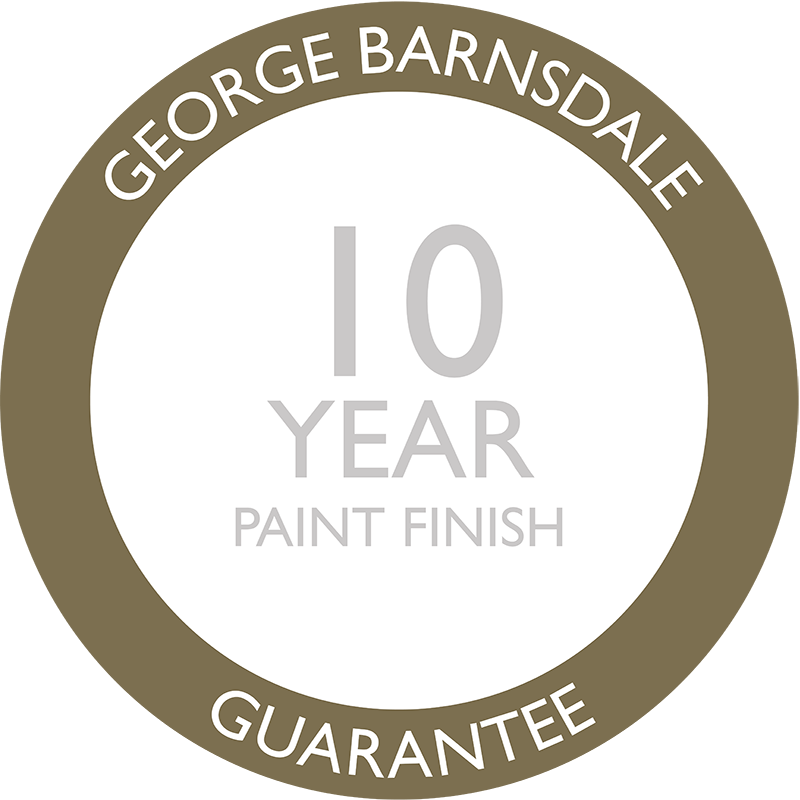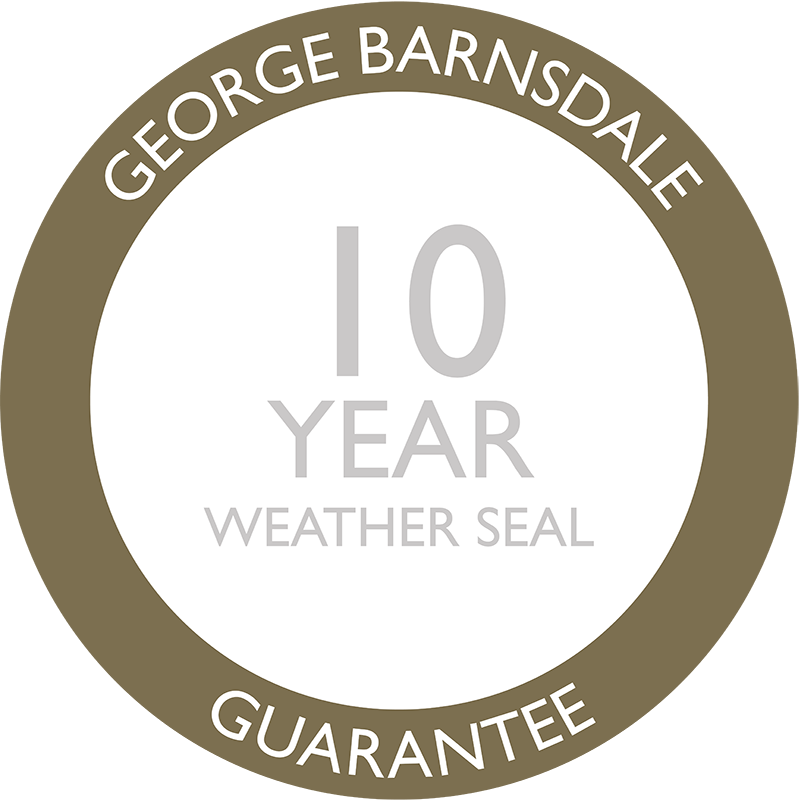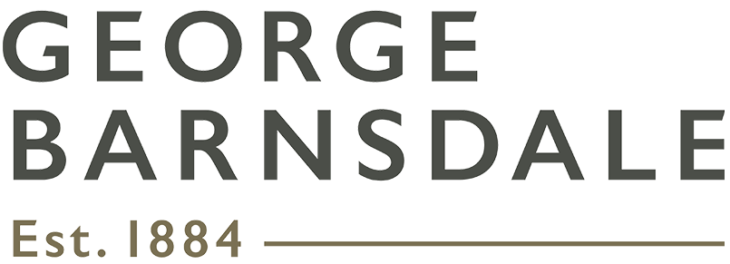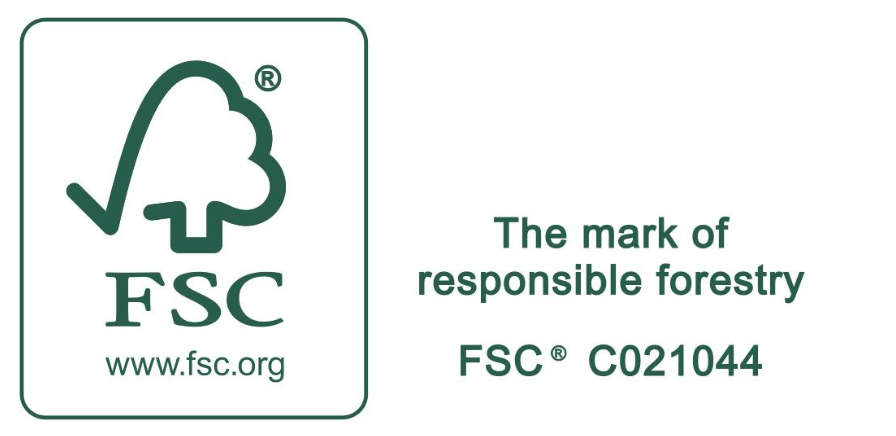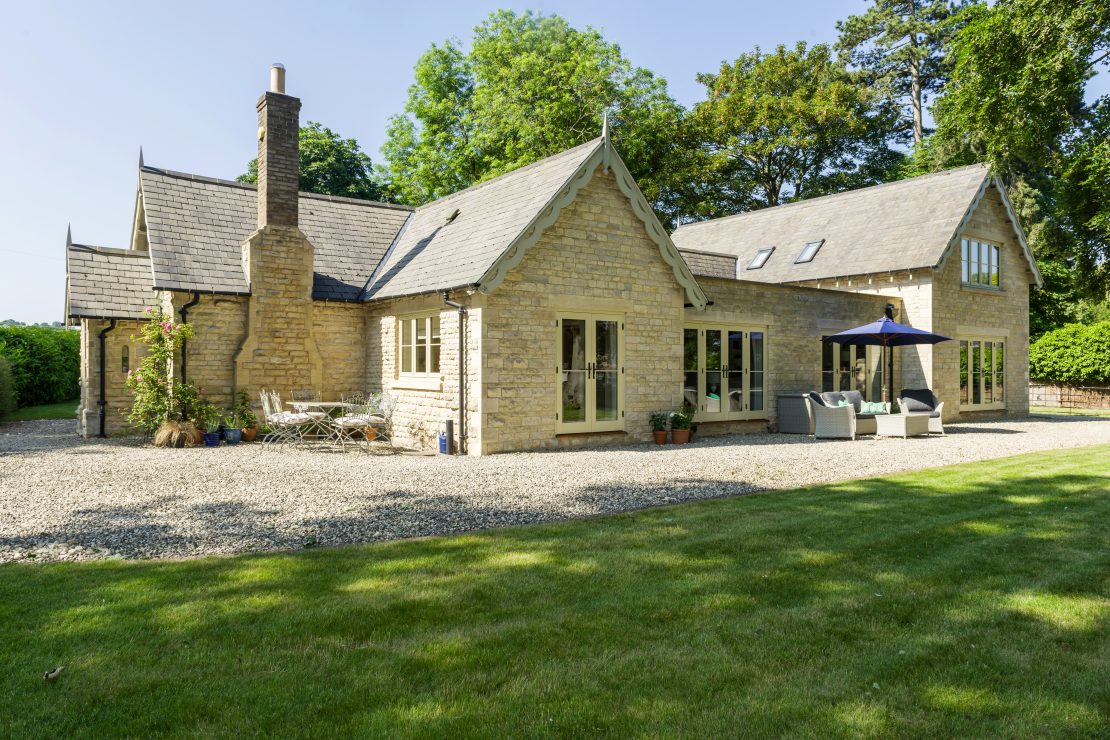January 24, 2020
When it comes to fenestration performance, manufacturers offer assurances that their products comply to BS6375 part one of BS 6375 part 2 etc, but how robust are such claims? And how many are able to maintain compliance when customising products too.
Elements that should be tested include:
Air & water
Mechanical operation
Thermal performance
Security
Acoustic
Mechanisms used for fire escape
All are tested to comply with customers’ needs, building regulations and the Construction Products Directive (CE marking) which is a legal requirement.
Some of the regulations we must comply with:
Part B – means of escape and operation of panic bars
Part E – acoustic performance
Park F – Means of ventilation
Part K – Protection from falling, collision and impact including safety glass, physical barriers, opening out windows
Part L – Thermal Performance
Part M – Access and use of buildings
Part Q Security (new buildings)
Air and Water
The first thing to bear in mind is that there are different categories within BS6375 1 for buildings in different areas, so a window might meet the standard for a bungalow in the Midlands, but it wouldn’t necessarily meet the standard in a high rise on a hill on the West Coast of Ireland. Always ask about the highest performance classification.
Ask to see comparative data, for example the George Barnsdale sliding sash window performs at the highest level due to its patented sash seal. There’s passing tests and there’s outperforming them, which product do you want for your project?
Thermal Performance
Take care when reviewing this because many figures quoted relate to a standard sized window and the performance will inevitably change depending on the size and configuration. A good quotation document should include U values for each individual window.
Also bear in mind that there are other options to comply with Part L like improving the insulation of the floors which might allow for a lower performance window which can be useful in a listed property where the conservation officer specifies like for like replacement, sometimes at the expense of performance.
Security
Appendix B of Part Q does allow for non-standard doors-sets to be untested but the use is ambiguous and you can get your fingers burnt with Building Regs.
Acoustic Performance
In fenestration, sound penetrates through the frame and glass in the same areas that air leakage occurs. Therefore, measuring the performance of a product by looking at the net performance of the glass is not a reliable way of assessing its acoustic performance; it has to be the typical finished product. Some data given comes directly from the glass supplier and no further test data is available. It’s also important to have comprehensive instructions for installation since poor fitting affects all areas of performance however good the window is.
Mechanical Operations
BS6375 – 2 is designed to monitor things like how much force is required to open a door with a handle and how many times it can be opened without failing.
Fire Safety
It is now illegal to sell escape fire doors with bars without tested data. At the time of writing, the Government Minister for housing Robert Jenrick announced that there will be a new Building Safety Regulator within HSE. Further developments and standards will undoubtedly follow, change is the one thing we can always rely on!





